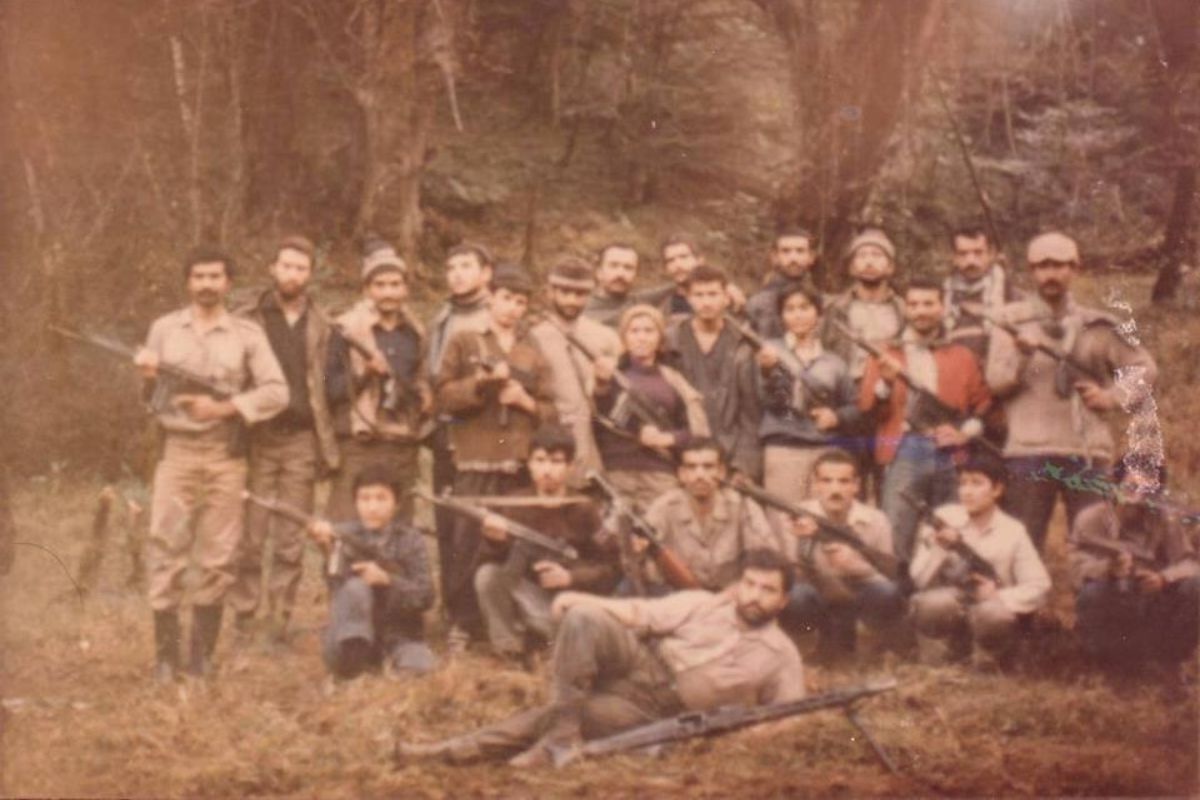
The Amol Uprising is a significant event in Iranian history that took place in 1982. This revolt, led by the Union of Iranian Communists (Sarbedaran), aimed to challenge the Islamic Republic's authority. The uprising occurred in the city of Amol, located in the northern part of Iran. Despite its short duration, it left a lasting impact on the political landscape of the country. The rebels, inspired by Marxist-Leninist ideology, sought to ignite a broader revolution. However, the government swiftly suppressed the movement, resulting in numerous casualties and arrests. Understanding the Amol Uprising provides insight into the complexities of Iran's political struggles during the early years of the Islamic Republic.
Key Takeaways:
- The Amol Uprising in Iran was a short-lived but impactful event that sparked resistance against oppression and inspired future generations of activists and revolutionaries.
- The uprising highlighted the importance of effective organization, the power of ideology, and the impact of government repression on political struggles.
The Amol Uprising: A Brief Overview
The Amol Uprising was a significant event in Iranian history, reflecting the political tensions and revolutionary fervor of the early 1980s. This event, though not as widely known as other uprisings, played a crucial role in shaping the political landscape of Iran.
Key Players in the Amol Uprising
Understanding the main figures involved provides insight into the motivations and outcomes of the uprising.
- The Union of Iranian Communists (Sarbedaran): This group led the uprising, inspired by Marxist-Leninist ideology.
- Islamic Republic of Iran: The ruling government at the time, which opposed the uprising and sought to suppress it.
- Local Peasants and Workers: Many locals supported the uprising, hoping for better living conditions and political change.
Timeline of Events
The sequence of events during the Amol Uprising reveals the intensity and rapid development of the conflict.
- December 1981: The Union of Iranian Communists began organizing and planning the uprising.
- January 25, 1982: The uprising officially started with armed confrontations in the city of Amol.
- January 26, 1982: Government forces launched a counterattack, leading to intense fighting.
- January 27, 1982: The uprising was effectively crushed by government forces, resulting in numerous casualties.
Motivations Behind the Uprising
The reasons behind the Amol Uprising were deeply rooted in political, social, and economic issues.
- Political Repression: The ruling government’s harsh policies and lack of political freedom fueled discontent.
- Economic Hardships: Widespread poverty and unemployment among the working class and peasants contributed to the unrest.
- Ideological Beliefs: The Union of Iranian Communists sought to establish a socialist state, opposing the Islamic Republic’s theocratic rule.
The Aftermath of the Uprising
The consequences of the Amol Uprising had lasting impacts on Iran’s political and social landscape.
- Increased Repression: The government intensified its crackdown on opposition groups, leading to more arrests and executions.
- Martyrdom of Leaders: Many leaders of the Union of Iranian Communists were captured and executed, becoming martyrs for their cause.
- Strengthening of the Islamic Republic: The successful suppression of the uprising bolstered the government’s control and legitimacy.
Legacy and Historical Significance
The Amol Uprising, though short-lived, left a lasting legacy in Iranian history.
- Symbol of Resistance: The uprising became a symbol of resistance against oppression and injustice.
- Inspiration for Future Movements: It inspired future generations of activists and revolutionaries in Iran.
- Historical Documentation: The event has been documented in various historical texts, preserving its memory for future study.
Cultural and Social Impact
The cultural and social ramifications of the Amol Uprising extended beyond the immediate political consequences.
- Literature and Art: The uprising has been depicted in Iranian literature and art, reflecting its impact on the national consciousness.
- Commemoration: Annual commemorations and memorials honor those who participated in the uprising.
- Educational Discussions: The event is studied in Iranian schools and universities, highlighting its importance in the nation’s history.
International Perspective
The Amol Uprising also attracted international attention, influencing global perceptions of Iran.
- Media Coverage: International media covered the uprising, bringing global awareness to the political situation in Iran.
- Solidarity Movements: Leftist groups worldwide expressed solidarity with the Union of Iranian Communists.
- Diplomatic Reactions: Various governments reacted to the uprising, influencing their diplomatic relations with Iran.
Lessons Learned
The Amol Uprising offers valuable lessons for understanding revolutionary movements and political change.
- Importance of Organization: Effective organization and planning are crucial for the success of revolutionary movements.
- Role of Ideology: Ideological beliefs can motivate and sustain resistance against oppressive regimes.
- Impact of Repression: Government repression can both suppress and fuel further resistance, shaping the course of political struggles.
Final Thoughts on Amol Uprising
The Amol Uprising stands as a significant event in history, showcasing the resilience and determination of the people involved. This revolt, driven by a desire for freedom and justice, left a lasting impact on the region's political landscape. Understanding the key facts about this uprising helps us appreciate the complexities and challenges faced by those who fought for their rights. From the initial spark to the eventual outcomes, each aspect of the Amol Uprising offers valuable lessons in courage and perseverance. By learning about these historical events, we gain a deeper appreciation for the struggles and triumphs that have shaped our world. So, next time you come across a mention of the Amol Uprising, you'll have a richer understanding of its significance and the enduring spirit of those who participated in it.
Frequently Asked Questions
Was this page helpful?
Our commitment to delivering trustworthy and engaging content is at the heart of what we do. Each fact on our site is contributed by real users like you, bringing a wealth of diverse insights and information. To ensure the highest standards of accuracy and reliability, our dedicated editors meticulously review each submission. This process guarantees that the facts we share are not only fascinating but also credible. Trust in our commitment to quality and authenticity as you explore and learn with us.
